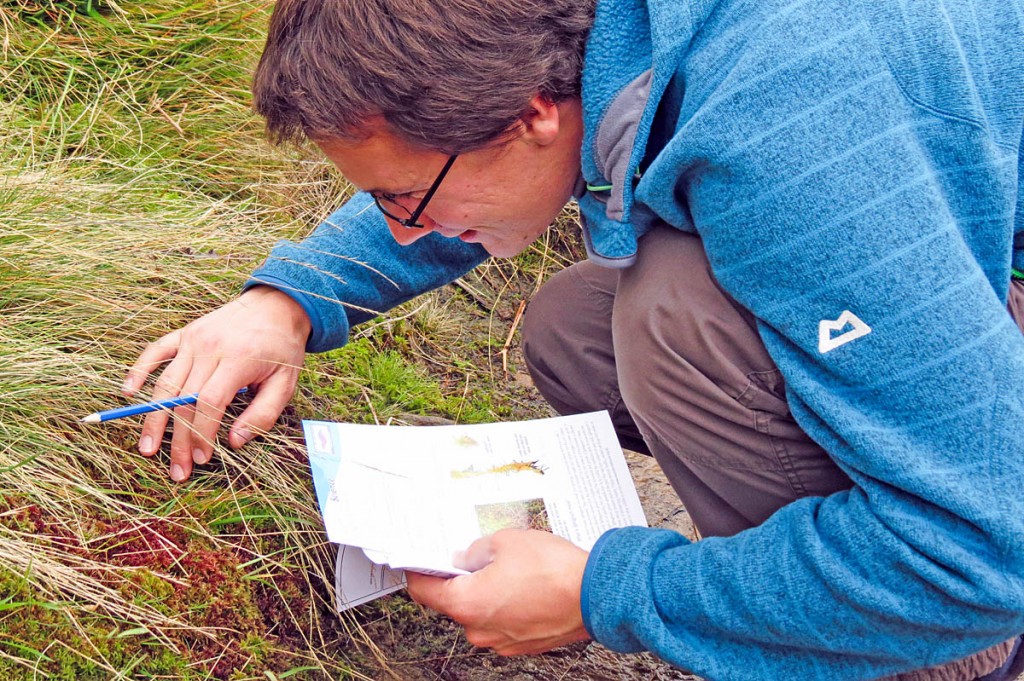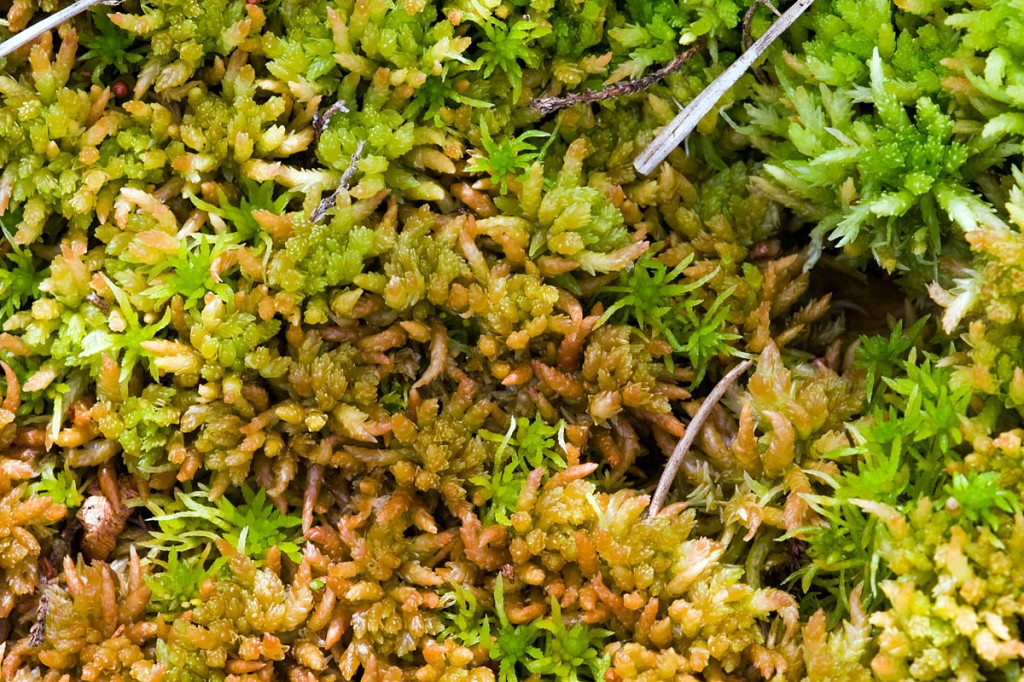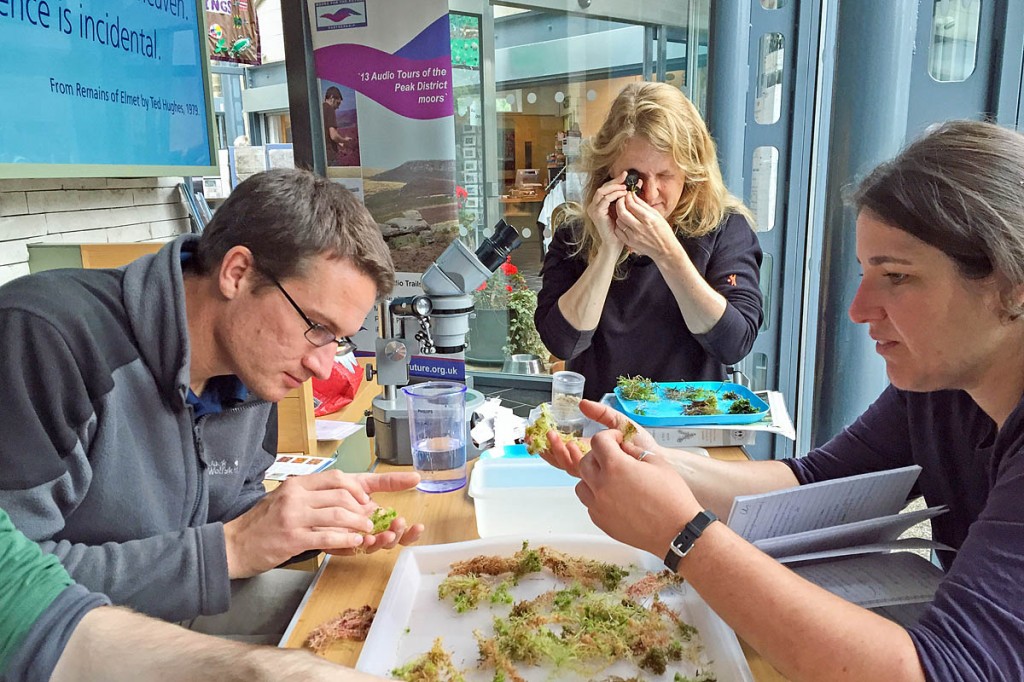Scientists are asking outdoor enthusiasts to help them log an important lifesaving moorland plant.
Sphagnum moss helped save lives during both World Wars is now being mapped for the first time – and the public is being urged to help.
The plant is now seen as a vital weapon in the war against climate change.
Walkers stepping out on to the moorlands of the Peak District and South Pennines can now take part in a unique project to make a map of where sphagnum moss is found.
The Big Moss Map will help scientists and conservationists in their efforts to save the region’s blanket bog habitat.
Peatlands, predominantly made up of sphagnum moss, store large amounts of carbon. Globally they store more carbon below ground than plants do above ground.
Healthy peatlands continue capturing and locking in carbon from the atmosphere while their surfaces are protected by a blanket of plants including sphagnum mosses.
Since the industrial revolution much of the region’s sphagnum, a plant very sensitive to atmospheric pollution, has died out. The Moors for the Future Partnership is working to conserve healthy peatlands and reintroduce sphagnum moss.
The Big Moss Map will provide a picture of where sphagnum is at the moment and in the future will show where it is increasing or decreasing, as volunteers continue adding to the map.
The scheme is being co-ordinated by the partnership’s community science project, and is funded by the Heritage Lottery Fund.
Project manager Sarah Proctor said: “When we are talking about blanket bog and the surrounding moorlands we are really thinking about areas with and without sphagnum moss.
“Creating The Big Moss Map gives us all an opportunity to get out and about and build a picture of how the moors of the Peak District and South Pennines are changing, whilst spreading the word about sphagnum”.
Free training is available for those who would like to know more about the project or practise their sphagnum-spotting skills. Volunteers can submit their sightings of the moss online or by post. A free smartphone app called MoorMOSS is also available to help people identify the mosses they encounter.
BBC Springwatch presenter Brett Westwood said: “This is an exciting project. I’m very impressed with the scale of the work achieved and the vision for the moors. We need more visionary projects of this magnitude.”
Healthy peat bogs are important wildlife habitats, a vital store of carbon, help provide high quality drinking water, slow down surface run-off and help to reduce flooding.
More details about the project and how you can get involved are available on the Moors for the Future website.


